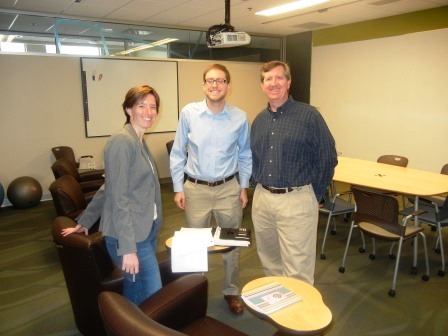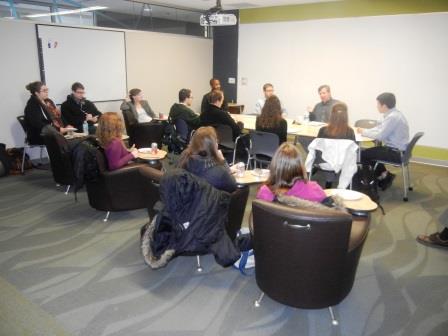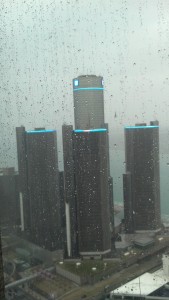A post from our student blogger Roberto
After a few short weeks off, winter break is finally over in the MSPL. My break largely consisted of working around the house, installing countless car parts in the frigid Wisconsin weather and enjoying time with my friends and family. Of course, I spent some time studying for the patent bar but largely this break was about focusing on what really matters to me. I learned recently that we often forget to take time for the little things in life and I knew there wouldn’t be much time for them this semester. That’s because the final semester in the MSPL is jam packed with patented filled fun by featuring a follow-on class in patent law and prosecution, a specialized patent prosecution class, an ethics class, the second half of the capstone project and an elective class. Just like last semester a major theme of the coursework in the MSPL is preparation for success in the real world. In addition to coursework, students in the MSPL are diligently working through the PLI patent bar study kits provided by Notre Dame. These kits include both physical literature and access to a multitude of comprehensive video lectures by PLI professionals. The kits even include practice patent bar questions that students can work through once they feel confident in a particular area.
The second semester will also include trips for the students to both California and to Washington D.C. These trips are focused on exposing the students to different types of careers and work environments that they may be interested in pursuing after graduation. As has been mentioned in a few past posts there are many different career options that MSPL graduates can pursue. Like last semester there will be many guest lectures hosted by prominent patent professionals in which they will give us practical insight into these career options as well. These guest lectures also serve to compliment the coursework of the MSPL by delving further into specific topics than would otherwise be possible. For example, a patent practitioner from the intellectual property merchant bank Ocean Tomo will be giving a lecture on intellectual property valuation, a topic that we simply don’t have the time to expand upon within the framework of the MSPL.
As you may have heard, my Green Bay Packers, and I say mine because I am an owner, have advanced in glorious fashion to the NFC Championship game in Seattle. For those who saw the Divisional game against the Dallas Cowboys you undoubtedly noticed the controversy over the potential game turning catch by Cowboys’ wide receiver Dez Bryant with around four minutes left in the game. While it was initially ruled a catch on the field, a challenge by the Packers forced the referees to enforce a rule that nullified the play. While many agree that the call was correct according to the current rules, few agree on whether the rules are proper to begin with. This is where the analogy to patent law comes in. Many familiar with patent law dislike many of the rules and standards they are held to. However, these individuals will be held to the rules whether they like them or not. If you aren’t a sports fan I apologize for always mentioning sports in my posts. I mainly do this because want readers to know I am a normal guy with a normal life outside of the MSPL (and because I love the Packers).
GO PACK GO!





